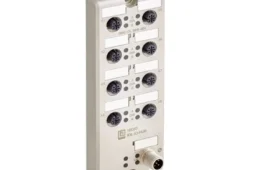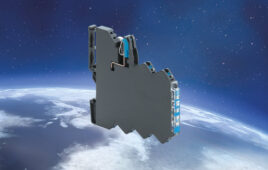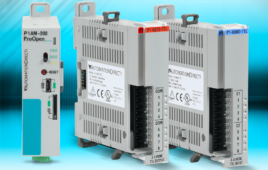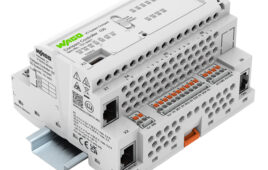Mobile phones are ubiquitous in major urban areas, but can they actually help determine how much pollution city dwellers are inhaling?
Air quality is typically tested by studying air-quality levels in fixed places. Cities like New York measure air quality in 155 locations.
A new study led by a team of MIT researchers, one focused on New York City, suggests that using mobile phone data to track people’s movements can paint a deeper picture of exposure to pollution in urban settings.
The researchers examined 121 days of data from April through July of 2013 using many types of wireless devices from a range of providers. They blended the phone data with pollution information from the New York City Community Air Survey.
The study broke New York City into 71 districts and found that in 68 of them, exposure to levels of particulate matter were significantly different when the daily movement of 8.5 million people was taken into account.
“Specifically, the flow of people into parts of midtown Manhattan and some parts of Brooklyn and Queens close to Manhattan, appeared to increase aggregate exposure to [particulate matter] in those areas,” said the MIT report. “Meanwhile, the daytime movement of people away from Staten Island actually lowered overall exposure levels in that borough.”
The researchers believe this method can be applied broadly and create new levels of detail in urban and environmental analyses.
“The traditional way to look at pollution is to have a few measurement stations and use those to look at pollution levels,” said Carlo Ratti, professor of the practice in MIT’s Department of Urban Studies and Planning and director of MIT’s Senseable City Lab, where the study was conducted.
“But that’s sensitive to where the [measuring] stations are. If you want to quantify exposure, you also need to know where people are.”
Filed Under: TEST & MEASUREMENT




